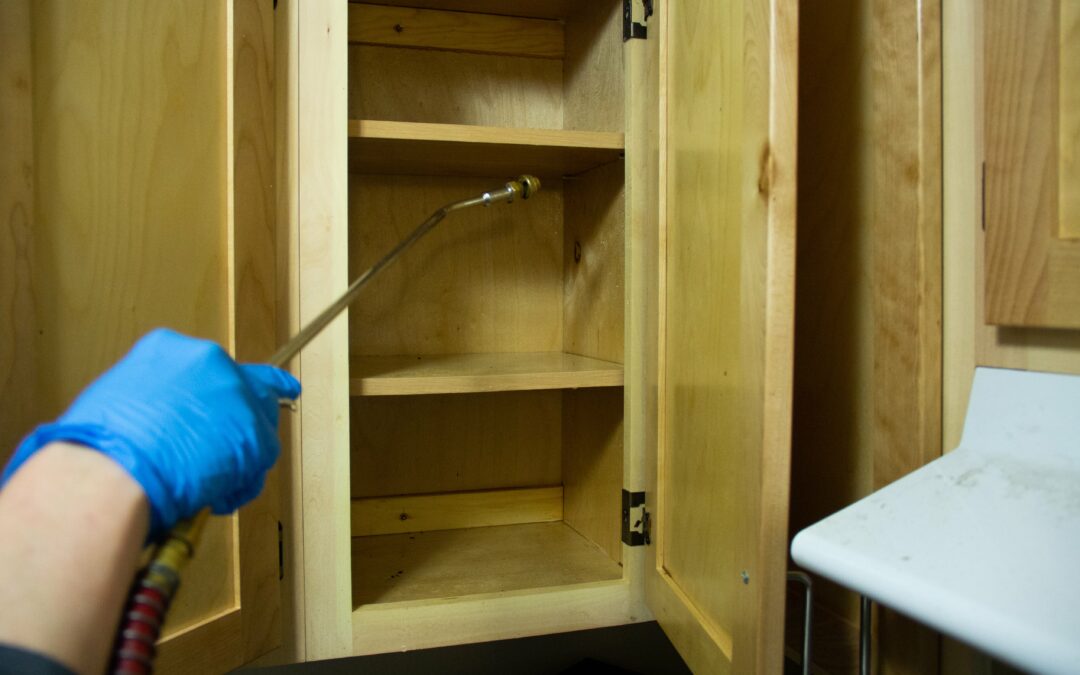For the past several years the pest control industry has been promoting and practicing integrated pest management (IPM). IPM stresses the importance of utilizing multiple non-chemical tactics to both remedy existing pest infestations and to prevent future pest infestations from occurring. IPM promotes common sense pest control tactics, such as excluding pests from homes by sealing potential entry points, and eliminating moisture, garbage, food crumbs and other indoor pest attractants. However, in order to get the most out of IPM tactics, it is important for pest control professionals to possess an understanding of arthropod biology. This is especially important when it comes to ants because ant pests differ tremendously when it comes to the environmental conditions and food sources they prefer.
In accordance with the principles of IPM, the species of arthropod pest must first be identified before any control program can be developed. Some ant pest species are attracted to baits that mimic the odor of meats, while others are attracted to the odor of sugars, and some ants, particularly invasive or “tramp” ants, will not respond to baits of any sort. The diet of some ant pest species may even change over the course of the spring, summer and fall seasons, and this happens to be the case when it comes to carpenter ants. Carpenter ants are the most commonly controlled ant pests within structures throughout the US, especially in the northeast where the most destructive carpenter ant pest species is prevalent. This species is commonly known as the “black carpenter ant” (Camponotus pennsylvanicus), and infestations are difficult to control due this species’ habit of establishing multiple satellite nests within hidden indoor areas like wall voids.
Carpenter ant workers are notable for being particularly large in size, but infestations are typically first noticed by the presence of small workers foraging in homes. The indoor presence of small carpenter ant workers indicates that an infestation is in its earliest stages, as queens cannot nourish their first born offspring as well as later offspring. This is because their energy remains exhausted for a period of time due to the effort required to establish a new colony. However, once queens regain their strength, they can devote more time to nourishing their offspring, which results in improved development, and ultimately, larger sized workers. Observing the size of indoor carpenter ant workers reveals the current stage of colony development, and this knowledge is necessary for determining whether or not carpenter ant workers have established indoor satellite nests.
Have you ever attempted to control a carpenter ant infestation without professional help?

